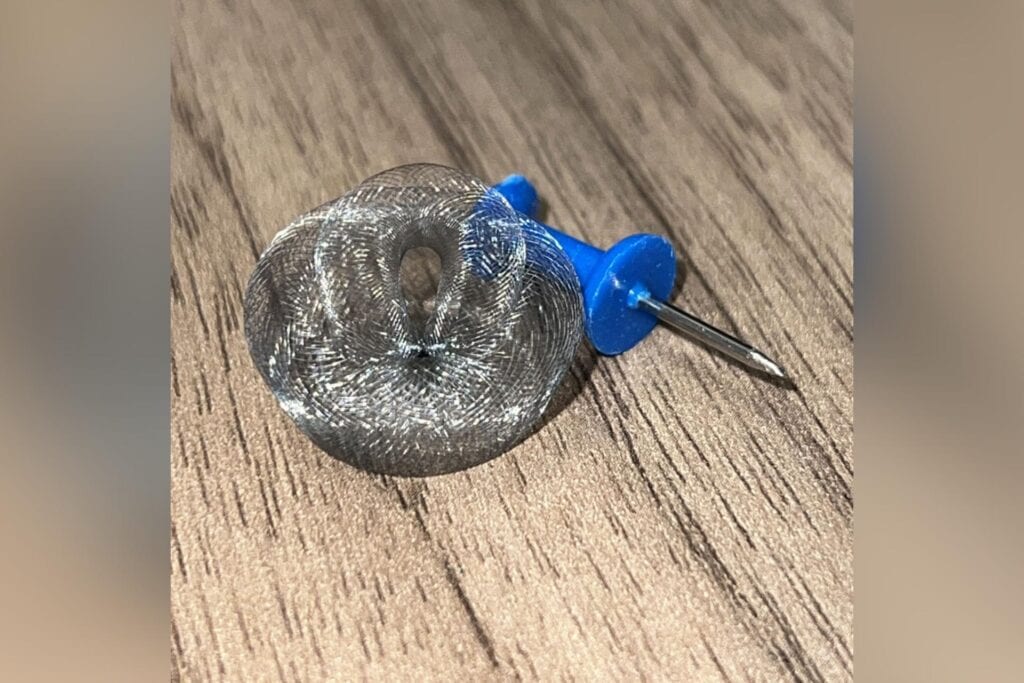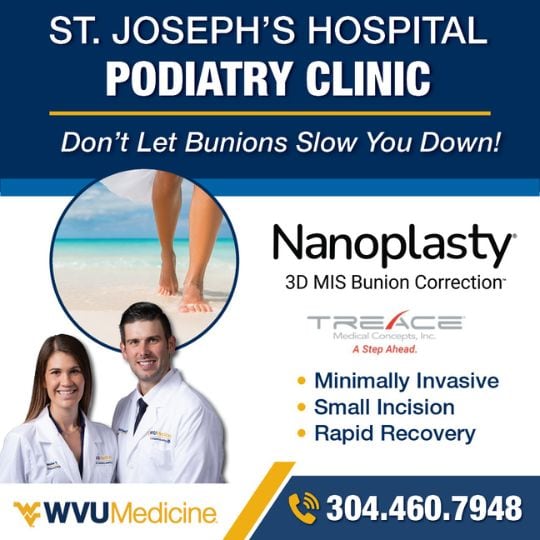The WVU Rockefeller Neuroscience Institute (RNI) has joined a multicenter FDA study to evaluate an aneurysm treatment that could potentially offer a safer and more effective alternative to traditional methods.
The SEAL-IT aneurysm trial examines use of the innovative SEAL™ Embolization System by Galaxy Therapeutics, a device which represents the next generation of intrasaccular flow disruption technology, designed to safely and effectively treat saccular intracranial aneurysms.
The SEAL device, made of braided metal, forms a mesh plug that is placed inside a brain aneurysm using a minimally invasive catheter threaded through the patient’s artery. Guided by X-ray fluoroscopy, the device disrupts blood flow into the aneurysm causing it to clot and heal, significantly reducing the risk of rupture and eliminating the need for invasive craniotomies.
“This is the next generation of intrasaccular devices to come,” SoHyun Boo, M.D., medical director for Neurointerventional Surgery in RNI’s Department of Neuroradiology, said. “It is designed hopefully to provide better treatment of aneurysms compared to the current intrasaccular device.”
The RNI leads the country in enrollment for the trial, having handled the most trial cases to date. Many of the trial’s patients presented with incidental aneurysms discovered during routine CT or MRI scans. One patient’s aneurysm was already ruptured upon arrival in the emergency department. Each case undergoes careful evaluation with the risks of natural aneurysm progression weighed against the benefits of minimally invasive treatment.
“These incidental aneurysms are found more often since patients are getting scanned at a higher rate,” Dr. Boo said. “We evaluate and discuss with the patient the predicted risk of an aneurysm rupture in their lifetime versus the risk of treatment. We have multiple options of minimally invasive treatment devices so we discuss which device would fit their aneurysm the best.”














